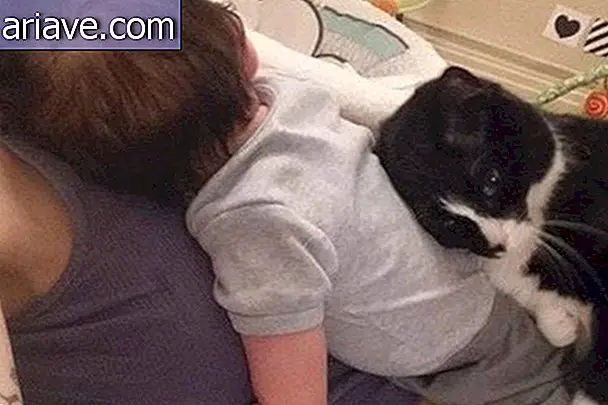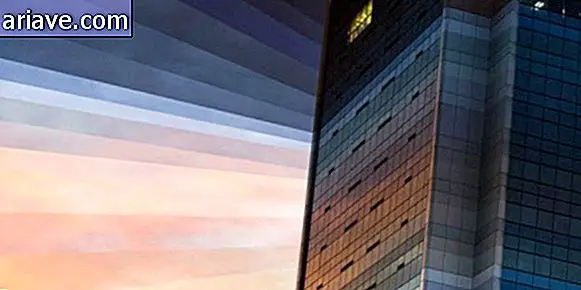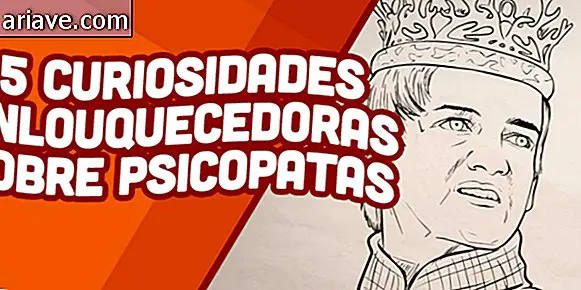Why do we get the impression that car wheels turn around?
Have you ever watched a movie in which a car appears to be moving fast and suddenly it seems that although the vehicle is moving forward, the wheels seem to stop, change direction, and turn in the opposite direction? Don't you understand what we are talking about? So take a look at the following video:
Optical illusion
No, the car's wheels are not defective, nor are they designed by some smart guy to spin randomly and independently of the direction the car takes. In fact, it is an optical illusion known as the “Stroboscopic Effect, ” associated with how images are recorded by cameras and our brains.
Generally, when a movie is recorded, cameras capture “shots” of scenes at a certain rate - often at 24 frames per second. Our brain then enters the plot and fills in the spaces between images, creating the illusion of continuous movement between similar frames.
However, let's say that the wheel does not complete a rotation between one frame and another, but almost. In this case, the most obvious sense of movement for our brain is the reverse, as this direction suggests the slightest difference between the two frames - and we have the impression that the wheel turns in the opposite direction.

On the other hand, if the wheel's rotation frequency is equal to the rate at which the camera is recording the scene - that is, the wheel completes 24 revolutions in one second, so that it is always in the same position each time the camera rotates. camera captures a frame - so the impression we get is that the wheel is still in place. Here's the effect in action:
Already if the wheel spins a little faster than the camera's recording rate, the illusion created by our brain will be that the wheel is spinning in the same direction of travel as the car, but much more slowly than it should.
Real life
Of course, you may have noticed the same effect outside the small screen as well, in which case the strobe effect is out of the picture. There are actually two theories as to why this optical illusion happens under normal conditions and in real life. One would be that the visual cortex, as with movie cameras, processes visual stimuli through defined intervals.

Basically, according to this proposal, what we see is recorded in the form of independent images (as in movies) - and the brain puts it all together and creates continuous scenes. Clearly there is some kind of temporal “stumbling” in the brain, after all optical illusions happen. However, no one can properly explain the mechanism that triggers the phenomenon in real life.
The other theory is based on an experiment involving two wheels spinning at the same time. Participants in this test said they saw the objects changing direction independently of each other, and that away from the screens. Here's a demo of the experiment:
In this case, the explanation would be that the effect happens because our brain creates two different interpretations to explain a scene that it perceives as visually ambiguous. An example of this phenomenon - apart from the oddly spinning wheels - would be the optical illusion of the dancer silhouette, which you can see below:

In short: the wheels do not spin the wrong way or change direction at random. It's all in your head!











